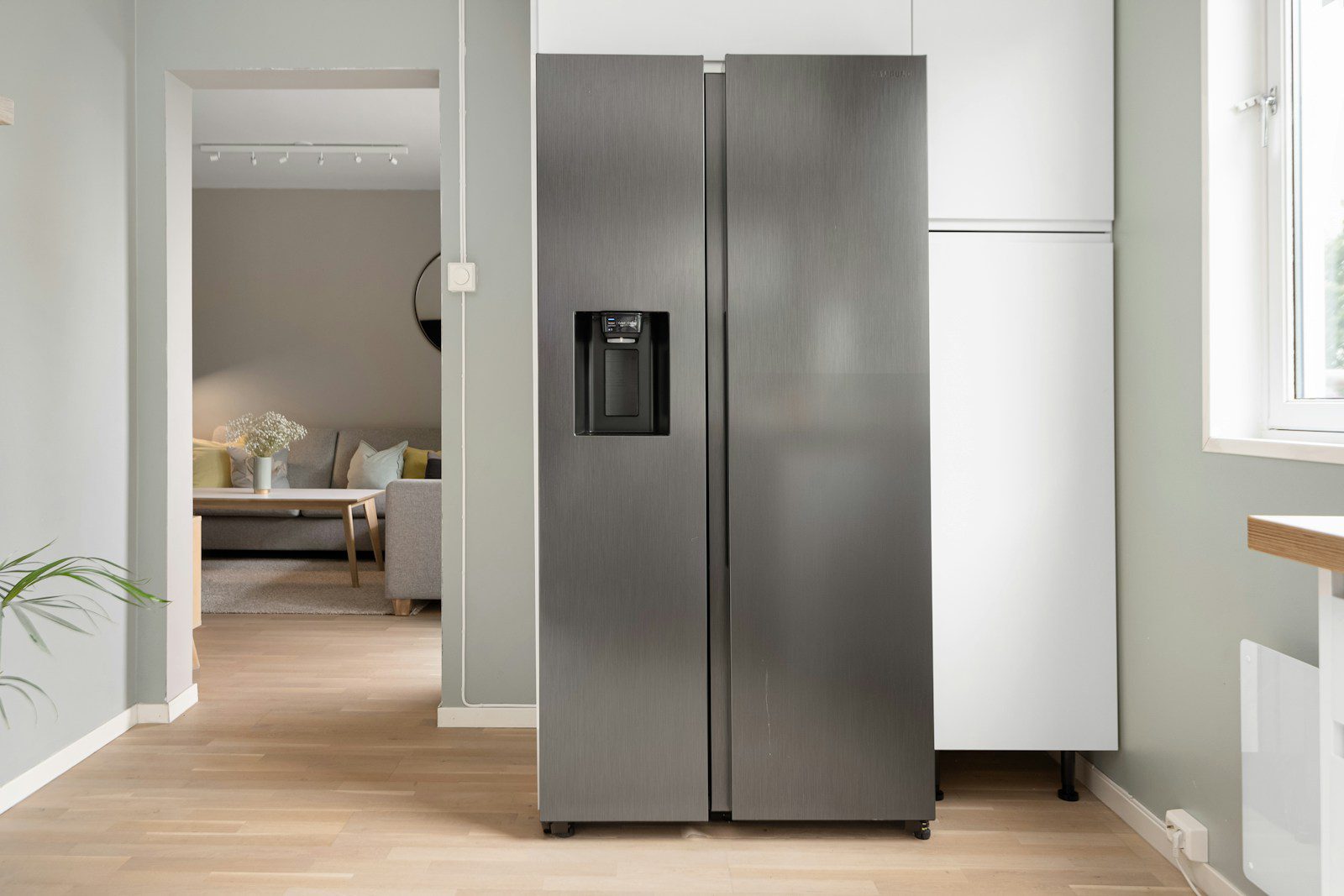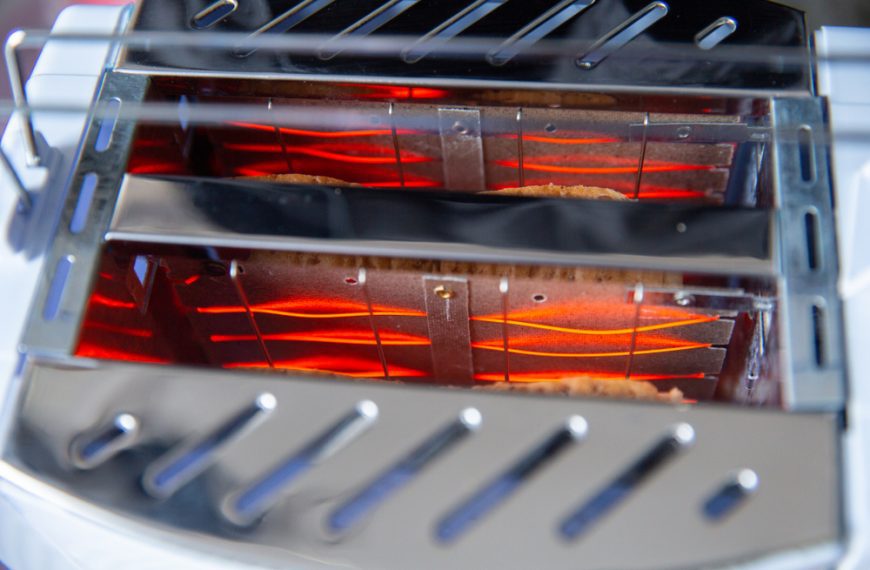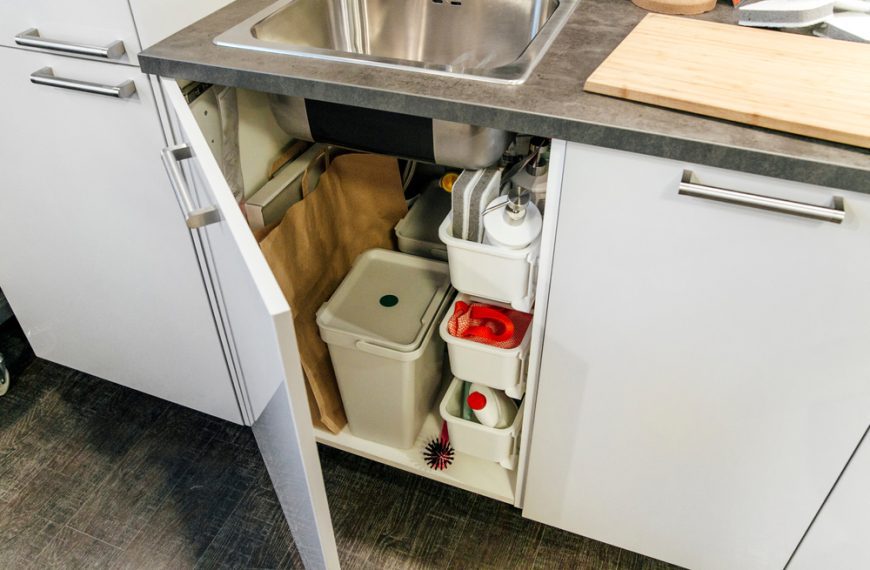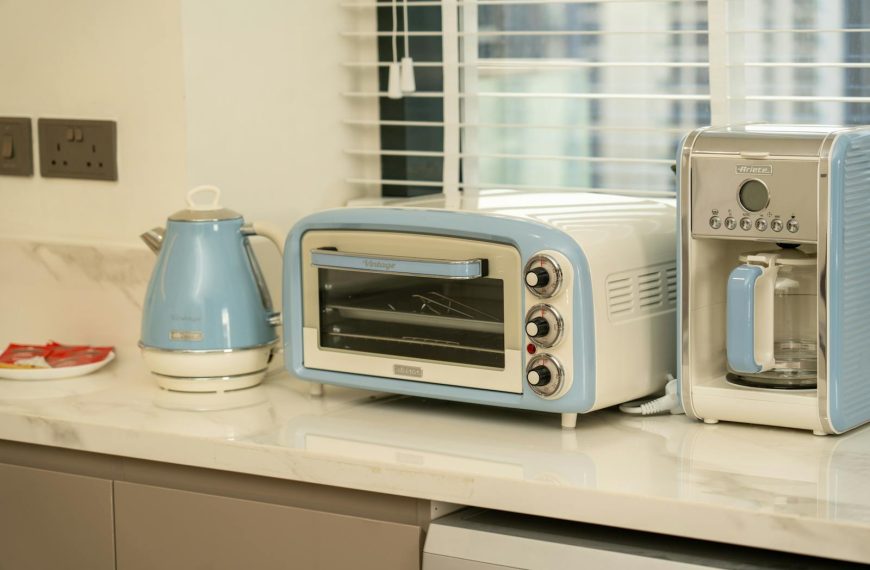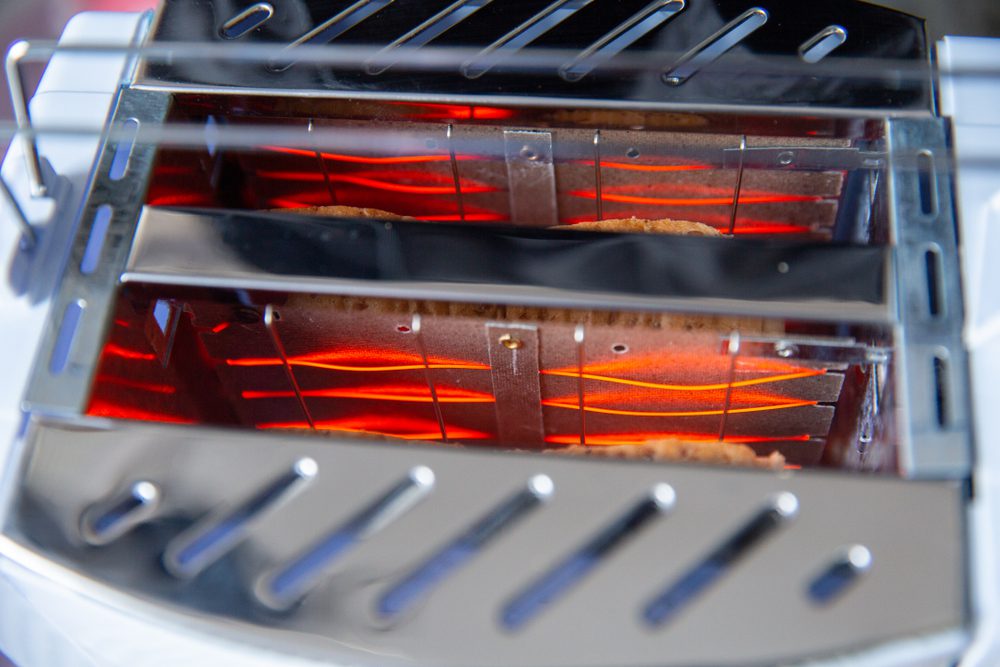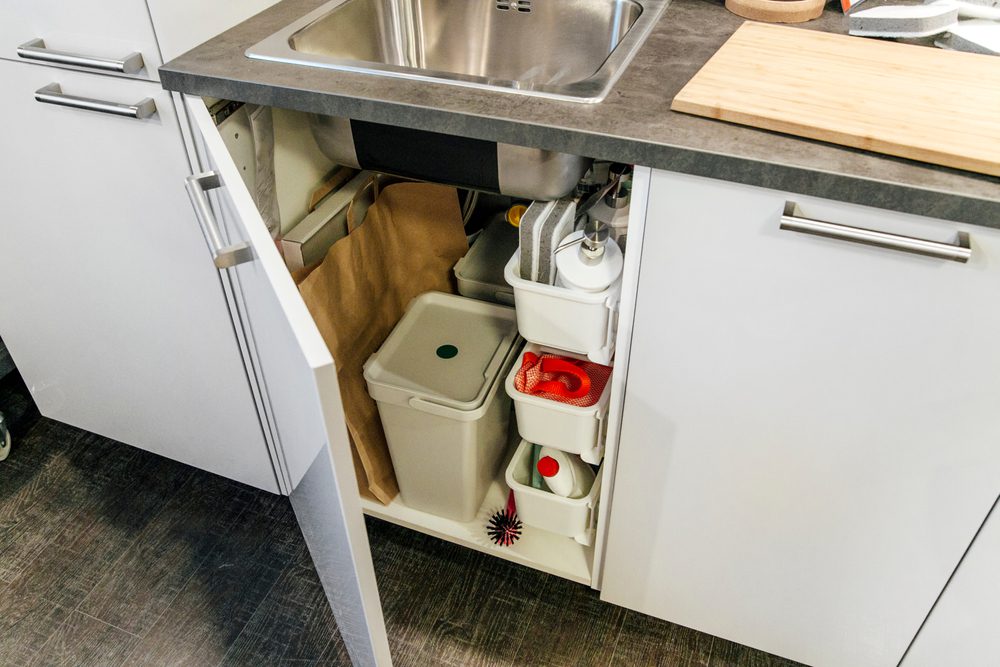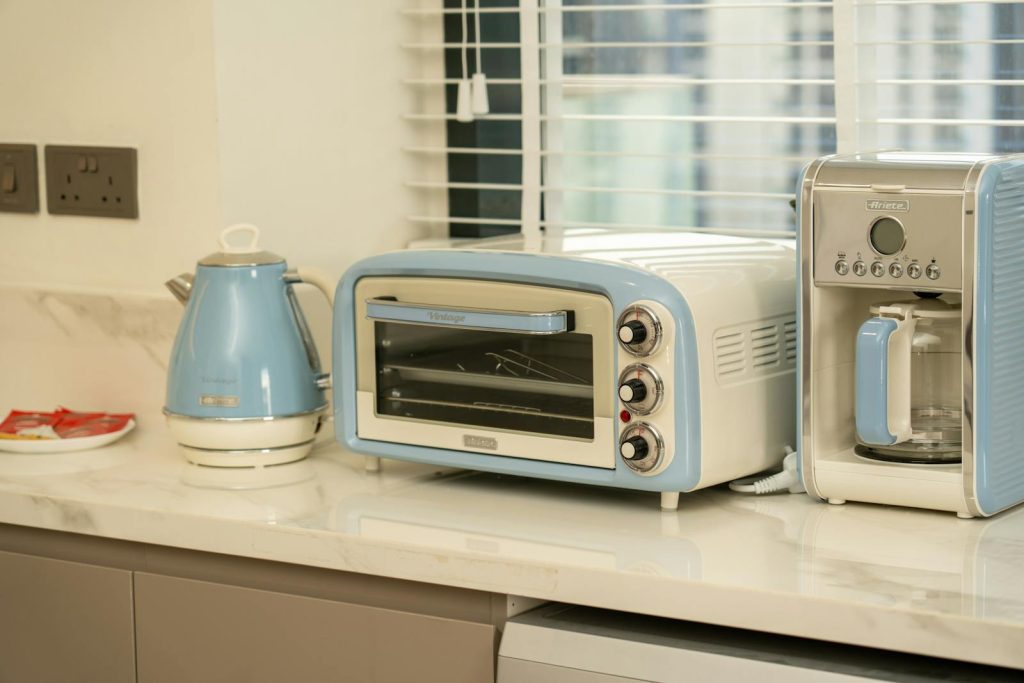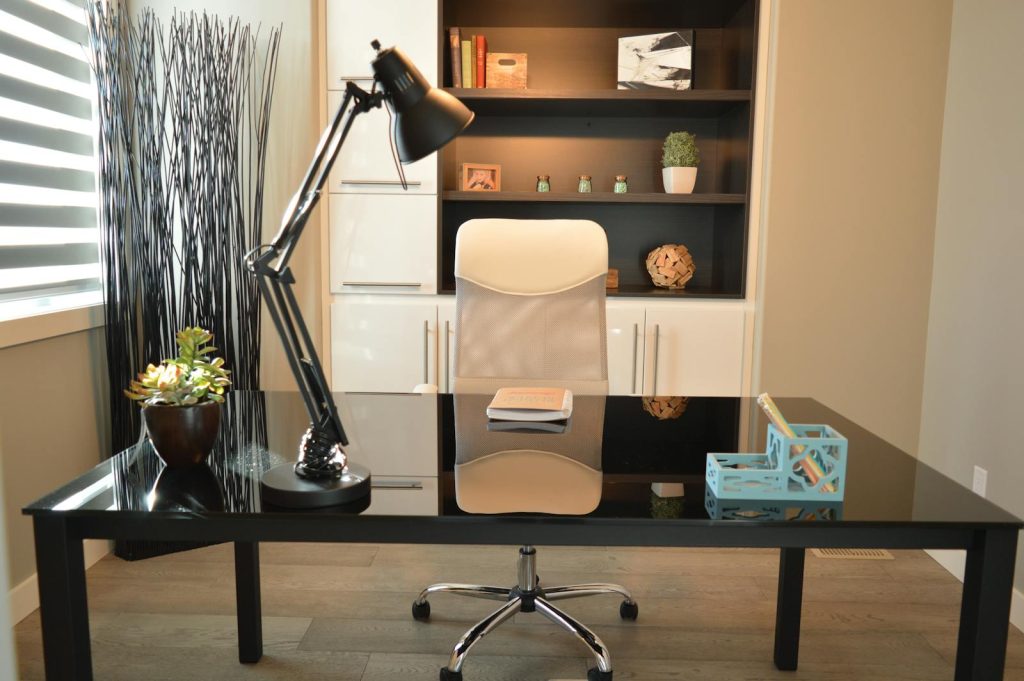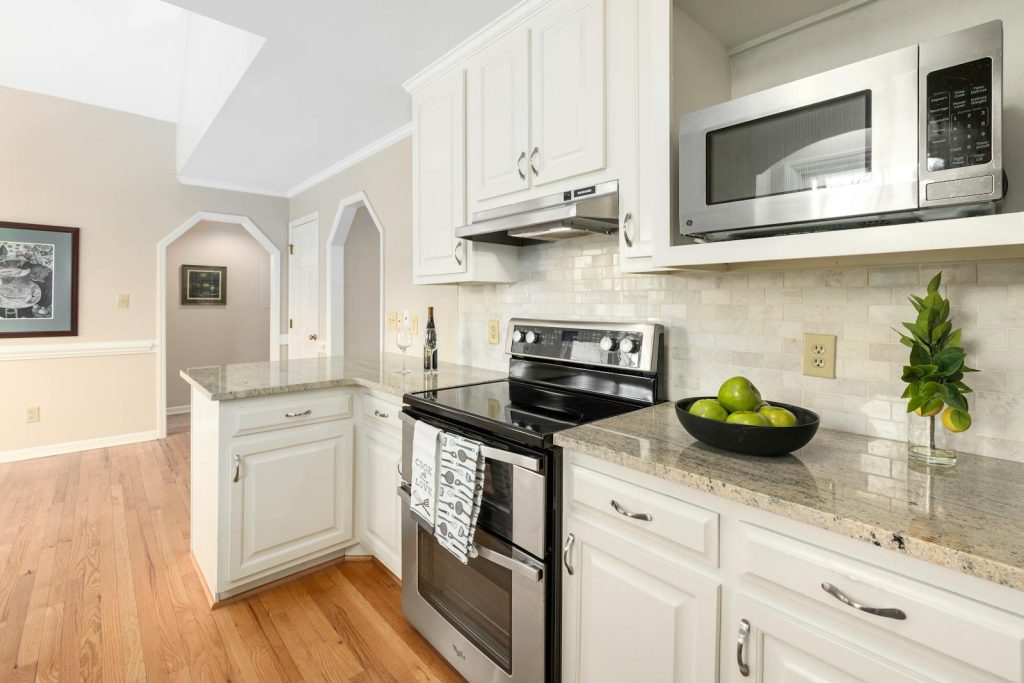When you think about energy consumption, the first images that come to mind are probably of lights left blazing in empty rooms or air conditioners humming away on cool days. But there’s another, often overlooked, category of energy consumption that happens quietly, without your even noticing it.
These are the household appliances that continue to drink power even when they are switched off or on standby mode. By using expert data and examining energy trends, this article will highlight the top five energy-draining appliances that could be inflating your electricity bills. By the end of this read, you’ll know what to watch out for, and how to curb their power thirst.

Cable Boxes
Believe it or not, that small black box sitting under your TV is a silent energy hog. Cable boxes, especially those with a DVR function, are constantly on standby, ready to record your favorite shows or deliver on-demand content. This constant vigilance comes at the cost of significant energy consumption.
To minimize the energy drain, consider disabling the quick-start feature and allowing the box to fully power down when not in use. Also, if you’re away for extended periods, unplug the box to eliminate all standby power usage.
Desktop Computers
Desktop computers and their peripherals, such as printers and monitors, are notorious for using a lot of power, even when they’re asleep or turned off. They’re always ready to spring into action at a moment’s notice, and that readiness comes with a power cost.
To reduce this, consider using power-saving modes or turning off the devices completely when they are not in use. Additionally, use a power strip for all your computer equipment and turn it off when you’re not using your computer to prevent phantom power use.
Water Heaters
Water heaters, especially older models, are often overlooked as energy drainers. They maintain a full tank of hot water around the clock, so you can have a hot shower whenever you want. However, this service means they are constantly using energy.
Try to lower the thermostat on your water heater to 120 degrees Fahrenheit to help reduce energy use. Also, consider insulating your water heater and hot water pipes to prevent heat loss. For maximum energy efficiency, consider upgrading to a tankless water heater.
Air Conditioners
The central air conditioning system in your home is a significant energy consumer, even when it’s not cooling. The system draws power for functions like monitoring the thermostat and maintaining the system’s pressure, regardless of whether it’s actively cooling.
Programmable thermostats can help manage your air conditioner’s energy use. Also, regular maintenance of your system, such as cleaning and replacing filters, can improve its efficiency and lower energy consumption.
Refrigerators
Refrigerators are always on, working tirelessly to keep your food fresh. But this constant operation means they are one of the top energy-consuming appliances in your home, even when you’re not opening and closing the door.
To minimize the fridge’s energy use, make sure the door seals are tight and the temperature is set correctly—typically between 35 and 38 degrees Fahrenheit for the fridge and 0 degrees for the freezer. Also, avoid keeping your fridge or freezer too empty, as they need mass to maintain low temperatures efficiently.
In conclusion, understanding the energy consumption of your household appliances, even when they’re not in use, can help you manage your energy bills and reduce your environmental footprint. So, the next time you walk through your home, remember that every plug and appliance has a story to tell—a story of energy use, efficiency, and conservation.

